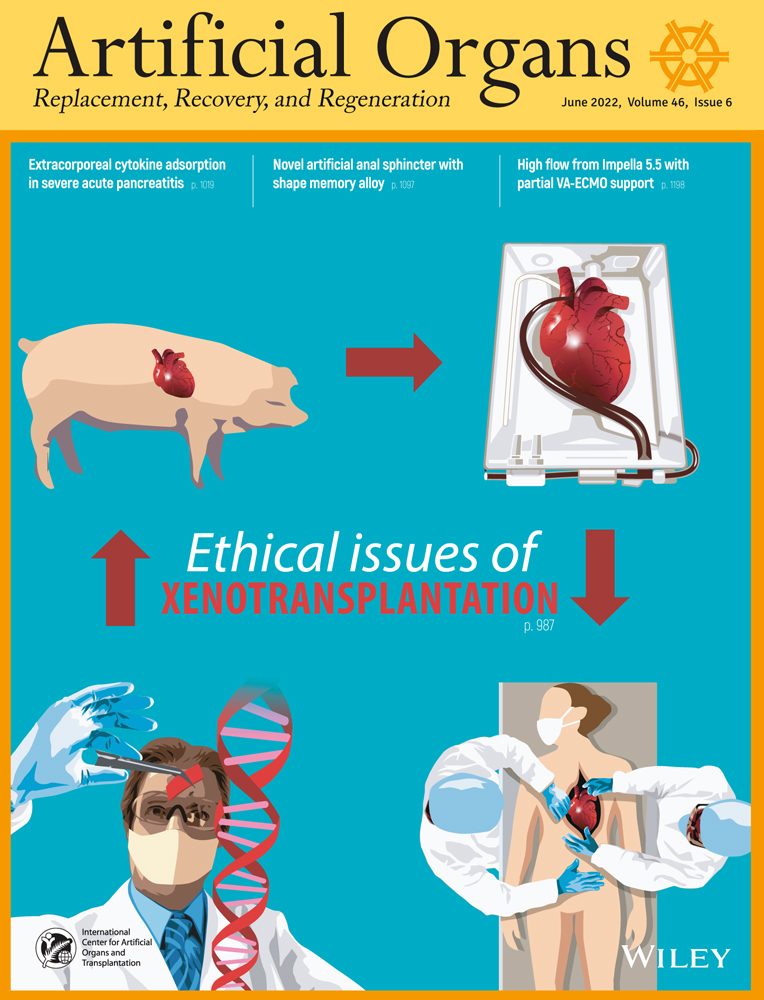Intraosseous infusion of liposome-encapsulated hemoglobin (HbV) acutely prevents hemorrhagic anemia-induced lethal arrhythmias, and its efficacy persists with preventing proarrhythmic side effects in the subacute phase of severe hemodilution model
Funding information
This work was supported in part by the Project Promoting Clinical Trials for Development of New Drugs and Medical Devices from the Japan Agency for Medical Research and Development (AMED), Japan
Abstract
Background
Artificial oxygen carriers (HbV) can treat hemorrhagic shock with lethal arrhythmias (VT/VF). No reports exist on subacute HbV’s effects.
Methods
Acute and subacute resuscitation effects with anti-arrhythmogenesis of HbV were studied in 85% blood exchange rat model (85%-Model). Lethal 85%-Model was created by bone marrow transfusion and femoral artery bleeding in 80 SD rats in HbV-administered group (HbV-group), washed erythrocyte-administered group (wRBC-group), and 5% albumin-administered group (ALB-group). Survival rates, anti-arrhythmic efficacy by optical mapping system (OMP) with electrophysiological study (EPS) in Langendorff heart, cardiac autonomic activity by heart rate variability (HRV) and ventricular arrhythmias by 24-h electrocardiogram telemetry monitoring (24 h-ECG) in awake, and left ventricular function by echocardiography (left ventricular ejection fraction [LVEF]) were measured.
Results
All rats in HbV- and wRBC-groups survived for 4 weeks, whereas no rats in ALB-group. HbV and wRBC acutely suppressed VT/VF in Langendorff heart through ameliorating action potential duration dispersion (APDd) analyzed by OMP with EPS. For subacute analysis, 50% blood exchange by 5% albumin was used (ALB-group 50). Subacute salutary effect on APDd and VT/VF inducibility was confirmed in HbV- and wRBC-groups. 24 h-ECG showed that HbV and wRBC suppressed none-sustained ventricular tachycardia (NSVT) and sympathetic component of HRV (LF/HF) with preserved LVEF (HbV-group, wRBC-group vs. ALB-group 50; NSVT numbers/days, 0.5 ± 0.3, 0.4 ± 0.3 vs. 3.9 ± 1.2*; LF/HF, 1.1 ± 0.2, 0.8 ± 0.2 vs. 3.5 ± 1.0*; LVEF, 84 ± 5, 83 ± 4, vs. 77 ± 4%*; *p < 0.05).
Conclusions
Collectively, HbV has sustained antiarrhythmic effect in subacute 85%-Model by ameliorating electrical remodeling and improving arrhythmogenic modifying factors (HRV and LVEF). These findings are useful in now continuing clinical trials of HbV.
CONFLICT OF INTEREST
The authors declare that they have no conflicts of interest with the contents of this article.




